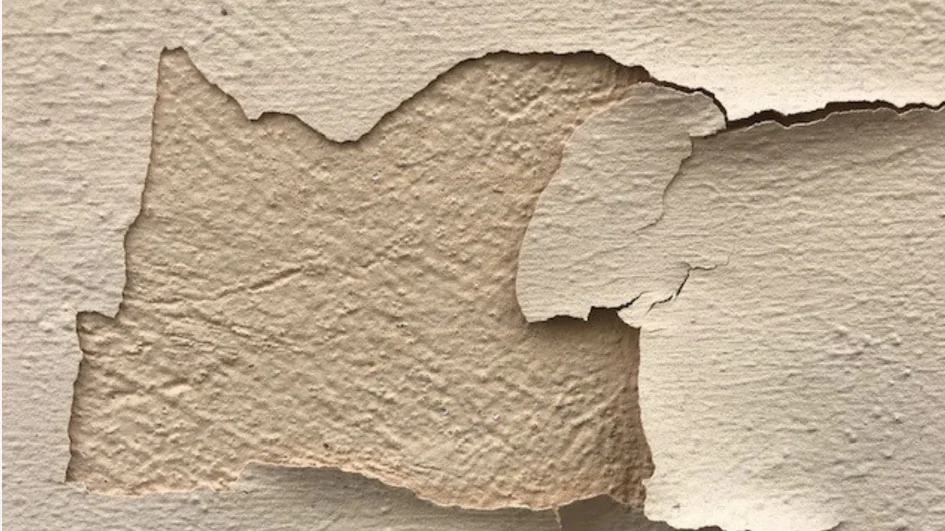Welcome to our first of what will be a line of papers written by our technical experts, concerning the forensic failure analysis of materials. First, what is forensic science? Forensic science, as perhaps understood by most, is more than the use of science to investigate crime, much more actually!!
Forensic science is the use of scientific analysis to investigate any matter which has caused harm or loss to any person or entity, which may result in prolonged litigation and both sides presenting their case in a court of law with a view to establishing where fault lies.
The harm or loss suffered by one party, could be for example the failure of a paint or sealant system which caused water to penetrate a building envelope, or the failure of a consumer product which caused injury or damage to property or the purchase of a materials which was either found to be substandard or counterfeit.
In this regard, we use forensic science methodologies to investigate the failure of materials or to authenticate the origin of those materials.
Those forensic methodologies start before the sample is analysed in the laboratory. To understand the matter fully, we normally commence the investigation by speaking with the parties involved and getting the facts as understood by the parties.


